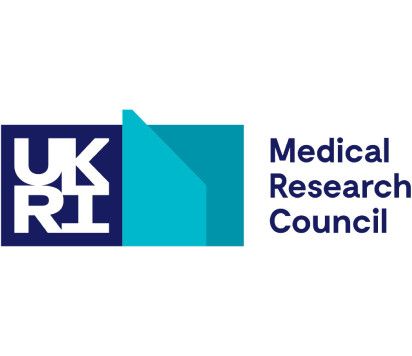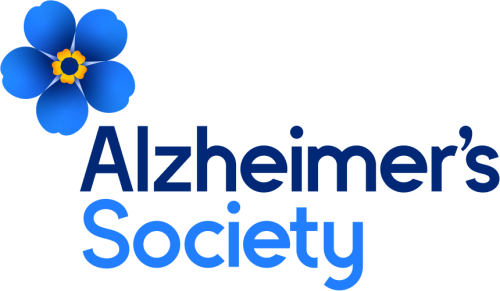BibTex format
@article{David:2023:10.2196/43777,
author = {David, MCB and Kolanko, M and Del, Giovane M and Lai, H and True, J and Beal, E and Li, LM and Nilforooshan, R and Barnaghi, P and Malhotra, PA and Rostill, H and Wingfield, D and Wilson, D and Daniels, S and Sharp, DJ and Scott, G},
doi = {10.2196/43777},
journal = {JMIR Aging},
pages = {1--14},
title = {Remote monitoring of physiology in people living with dementia: an observational cohort study},
url = {http://dx.doi.org/10.2196/43777},
volume = {6},
year = {2023}
}
RIS format (EndNote, RefMan)
TY - JOUR
AB - BACKGROUND: Internet of Things (IoT) technology enables physiological measurements to be recorded at home from people living with dementia and monitored remotely. However, measurements from people with dementia in this context have not been previously studied. We report on the distribution of physiological measurements from 82 people with dementia over approximately 2 years. OBJECTIVE: Our objective was to characterize the physiology of people with dementia when measured in the context of their own homes. We also wanted to explore the possible use of an alerts-based system for detecting health deterioration and discuss the potential applications and limitations of this kind of system. METHODS: We performed a longitudinal community-based cohort study of people with dementia using "Minder," our IoT remote monitoring platform. All people with dementia received a blood pressure machine for systolic and diastolic blood pressure, a pulse oximeter measuring oxygen saturation and heart rate, body weight scales, and a thermometer, and were asked to use each device once a day at any time. Timings, distributions, and abnormalities in measurements were examined, including the rate of significant abnormalities ("alerts") defined by various standardized criteria. We used our own study criteria for alerts and compared them with the National Early Warning Score 2 criteria. RESULTS: A total of 82 people with dementia, with a mean age of 80.4 (SD 7.8) years, recorded 147,203 measurements over 958,000 participant-hours. The median percentage of days when any participant took any measurements (ie, any device) was 56.2% (IQR 33.2%-83.7%, range 2.3%-100%). Reassuringly, engagement of people with dementia with the system did not wane with time, reflected in there being no change in the weekly number of measurements with respect to time (1-sample t-test on slopes of linear fit, P=.45). A total of 45% of people with dementia met criteria for hypertension. People with dem
AU - David,MCB
AU - Kolanko,M
AU - Del,Giovane M
AU - Lai,H
AU - True,J
AU - Beal,E
AU - Li,LM
AU - Nilforooshan,R
AU - Barnaghi,P
AU - Malhotra,PA
AU - Rostill,H
AU - Wingfield,D
AU - Wilson,D
AU - Daniels,S
AU - Sharp,DJ
AU - Scott,G
DO - 10.2196/43777
EP - 14
PY - 2023///
SN - 2561-7605
SP - 1
TI - Remote monitoring of physiology in people living with dementia: an observational cohort study
T2 - JMIR Aging
UR - http://dx.doi.org/10.2196/43777
UR - https://www.ncbi.nlm.nih.gov/pubmed/36892931
UR - https://aging.jmir.org/2023/1/e43777
UR - http://hdl.handle.net/10044/1/102895
VL - 6
ER -




